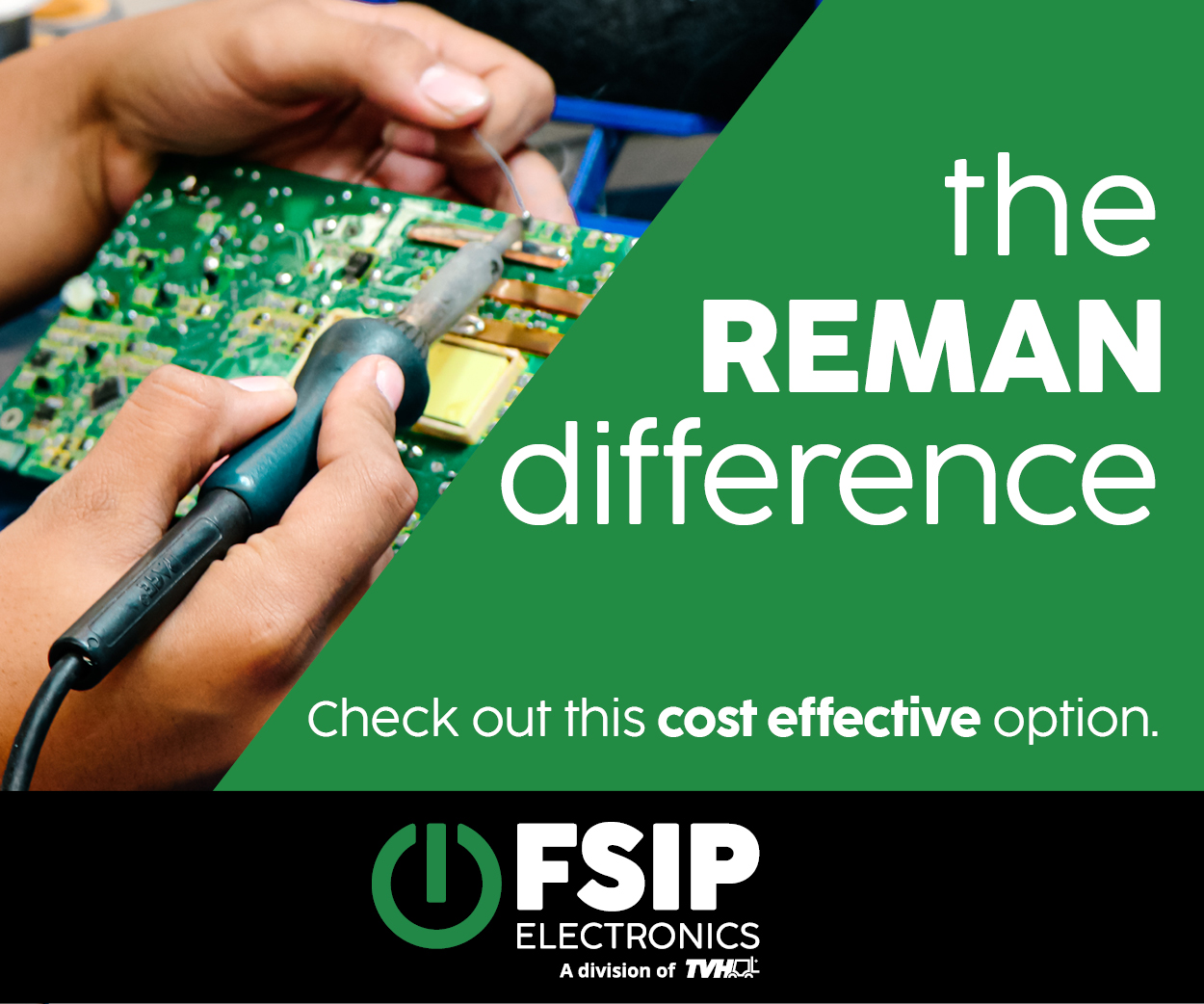For those avid readers of New Directions, this is, as promised, the sequel to my previous column concerning what the title suggests, i.e., building a sustainable (read profitable) small, task-oriented vehicle (STOV) company.
By way of reminding readers of my intent, here is what I led off with in the previous column: “There are many entrepreneurs out there that have the dream, and the mechanical ability, to build the ‘dream’ STOV. What do they need to know and need to do to bring the dream to reality?”
Last time we focused on the promising, yet ultimately unsuccessful Stealth Company efforts to introduce and sustain their off-road UTV vehicle line. Recall that the company started small, but was able to build its dealer network from a regional to a national scale—and build the factory expansion to support expected sales.
Despite a positive response from dealers with regard to the overall quality of the product, the company succumbed (seemingly) to the hard edge of inadequate finances and formidable competition in the national market.
A Different Approach: Contrast to the Stealth Model
Regardless of the particular history of the Stealth, the business model is essentially to start small and expand incrementally. Now, let’s look at something of a contrast to this approach. What is described is a real situation, and in this case the firm will remain unnamed. (Indeed, the identity of the company is not important, because what is being analyzed in what will be a multi-part series of articles, is a variety of business models, all of which share the identical objective: Maximize shareholder wealth. Nor is it particularly important that the product involved is an electric-powered, road-worthy utility vehicle—with a suitable number of variant models—compared to the Stealth’s gas-powered UTV.)
In this scenario, there happens to be a huge investment in intellectual property; that is to say, technical knowhow. This know-how sits on the shelf, as it were, in the form of knowledgeable individuals, waiting to be called into action. The gameplan also includes a well-researched market segment (or set of segments), essentially fleet markets, where there is the potential for multi-unit, high-quantity sales.
Let’s assume for the moment that one component within the bank of intellectual property is a scheme for volume production that will dramatically reduce unit costs, and essentially produce a high quality electric vehicle at a price that undercuts anything the competition can offer. Thus, in this enterprise model, everything hinges on market acceptance, and, in particular, a significant contract, probably numbering in the 100s of units.
The Realities of Market Acceptance
On what does market acceptance depend? Well, a lot of things, not the least of which is a solid product that, at least in theory, fits the needs of the target markets. In this regard, the company’s prototype was exhibited in numerous forums and was, by and large, very well received.
So, everything is in place, on paper if not in terms of a physical plant and sign-on customers. But that’s the rub: Without contractually-committed customers, there is no financing forthcoming for the needed manufacturing plant, and without the plant, i.e., the in-place production capability, there are no customers.
Fleet managers, and the executive decision-makers they work for, want two things before they give anyone serious consideration: A track record of market experience and the capability to supply their needs within, or in sync with, their ordering cycle (usually a year).
Dealing with the Chicken/Egg Dilemma
It’s not really my place in this article to offer a solution to the dilemma described above. Plus the fact it would be presumptuous to claim that I could. The individuals involved have worked over many years to bring the concept to fruition and have a far greater knowledge of the avenues pursued heretofore.
What is clear here, however, is that the “big bang” model of company success and sustainability (i.e., simultaneous realization of scale economies in production and major sales gains) has not worked up to this point.
What comes to mind is the word “alliance”. If in-place manufacturing is key to contract closure, then an alliance with a manufacturer with a solid reputation and possible brand name would seem to be in order. If you are looking to government fleet requirements (federal, State, or local), U.S.-based manufacturing is the better choice. Compromises in manufacturing technology will be called for in all likelihood, but this will give the company the freedom to concentrate resources in marketing and distribution.
Enough said for now. Next time it’s back to the further adventures of Jack Califano, the mysterious Tyra Banks look-alike, and the “Seychelles Special”. This is a business model success story.























